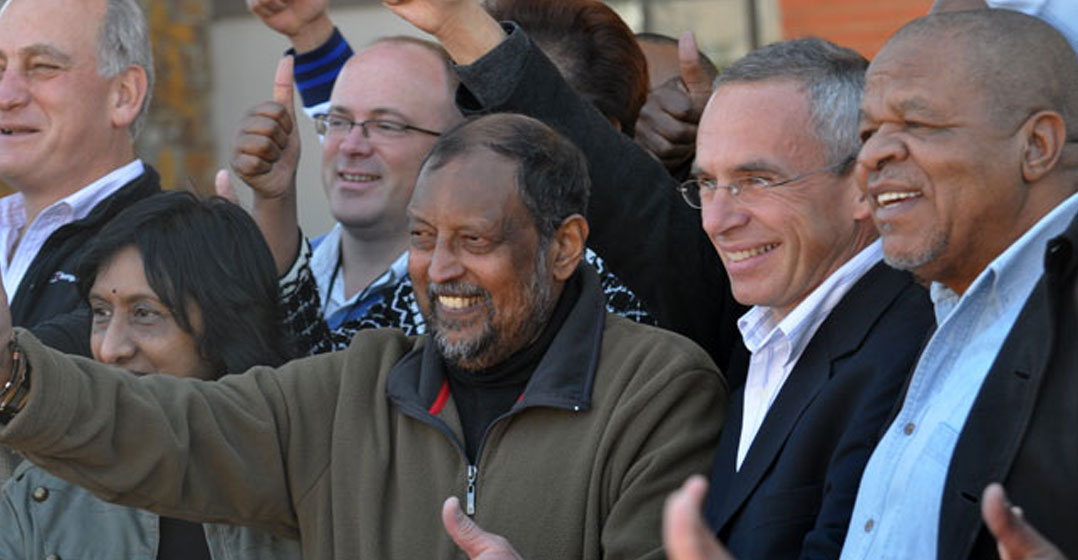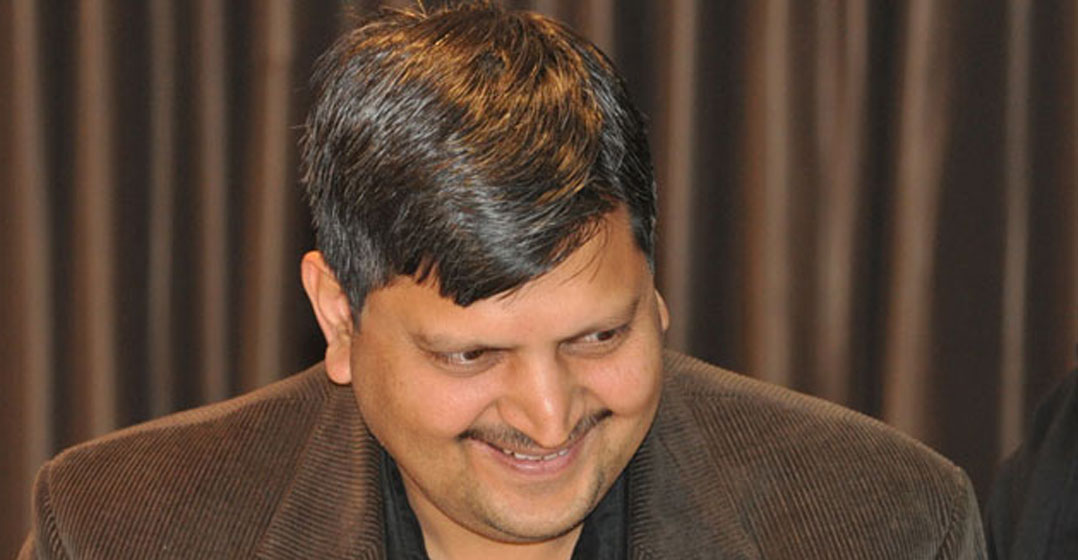
Today’s Sunday Times has a fascinating front page lead (pay wall). It quotes former communications minister Siphiwe Nyanda claiming he was removed in a 2010 cabinet reshuffle and replaced by the late Roy Padayachie to ensure the controversial Gupta family were given special favours.
According to the newspaper, Nyanda said former President Jacob Zuma fired him after he “rebuffed” attempts by the Guptas to meet with him. “During Padayachie’s tenure, Atul Gupta and Sahara Computers were given special recognition by the ministry as tech industry leaders,” the report said, adding that it was under Padayachie that Hlaudi Motosoeng rose in the ranks at the SABC and signed a controversial deal to co-host The New Age business breakfasts, at no cost to the Guptas.
The report squares with what I saw at the time. I attended a meeting between Padayachie and industry leaders in February 2011 in Rustenburg, where many CEOs in the sector — including former Vodacom CEO Pieter Uys, former MTN South Africa CEO Karel Pienaar, former Telkom CEO Nombulelo Moholi and former Altech CEO Craig Venter — shared a platform with Atul Gupta. The main meeting was closed to the media, but I was allowed into the room to hear a report back on their discussions.
Though the Guptas were already somewhat controversial at the time, the extent of state capture, and the nature of their relationship with Zuma, was not. Nevertheless, some of the industry leaders in attendance that I spoke to seemed bemused that Gupta had been invited to the meeting given that he ran a small IT distribution company (Sahara) that was miniscule next to the giants of the sector. His presence seemed out of place. I remember Gupta grinning like the cat that had got the cream (I took a photo of him in this state – see below). That grin has troubled me since. It was the face of someone who had done something very naughty, and realised he was going to get away with it.

If Padayachie was doing the Guptas’ bidding, as Nyanda now suggests, it’s deeply disappointing. Padayachie was likeable, was always keen to talk to the media and seemed to have a reasonable grip on his portfolio. One of his first moves was to ditch a controversial plan by Nyanda’s director-general at the time, Mamodupi Mohlala, to entertain a Japanese/Brazilian standard for digital terrestrial television over the European standard South Africa had already adopted under the late minister, Ivy Matsepe-Casaburri. South Africa lost at least a year in its digital TV migration as lobbyists from Japan pressured government to ditch the European DVB-T standard for broadcasting. The country had joined the Brics formation of Brazil, Russia, India and China, and there was no doubt pressure on government to consider the same standard the Brazilians had adopted – but it made little technical sense.
Padayachie’s decision to revert to the European standard was widely welcomed. (Of course, the digital migration project has since gone off the rails for other reasons.)
The late minister seemed generally to be making the right moves. Then Zuma mysteriously reshuffled him in favour of the disastrous Dina Pule. Why he was fired remains unknown to this day. Did he eventually stand up to Zuma on the Guptas? We might never know.
Yet Atul Gupta’s presence at that first industry colloquium was troubling. To what extent, then, did Padayachie aid the Guptas in their state capture project? Was he happy to have Gupta there, or was he doing under duress from his boss, the president? If he wasn’t happy with the situation, at the very least he lacked the backbone to say no.
When Nyanda asked Zuma why he’d been fired, the former president said something about the SABC, the Sunday Times reported him as having said. “I asked what about it… To be honest, I found very little joy in that interaction,” Nyanda said. He said he only realised later that Zuma wanted the SABC “under the control of his cronies”.
It was not long after that colloquium that I received a call from an assistant of Atul Gupta’s, requesting a meeting at ANN7’s then-new studios in Midrand. I was curious (naturally), so went to see him.
Gupta spent more than two hours with me, most of that time explaining why he and his family were being treated unfairly in the media and why they were, in fact, honest businessmen creating jobs for South Africans and helping grow the local economy. I forget all the details of what was said – I should have recorded the discussion – but towards the end of the meeting, Gupta made it clear why he wanted to see me: he wanted me to host my own show on ANN7.
Guptas’ bidding?
I said politely that I would think about it – knowing full well I wouldn’t accept the offer, given the controversy already surrounding the family at that time. I never got back to him. Though the idea of hosting a technology-focused television show intrigued me, I didn’t want my name sullied by being associated with the Guptas.
After we’d finished talking, Gupta gave me a tour of the new studio, and I left. We never spoke again. Given all that has transpired since, I’m of course very glad I didn’t entertain his offer. I have, however, long wondered what Gupta’s motive was in making it. Was it because he saw that Padayachie was always willing to be interviewed by me, and that I had a good rapport with the minister? I really can’t say.
We’ll also probably never know what Padayachie really thought of the Guptas. Given everything we know now, though, it does seem likely that Nyanda was removed by Zuma — at least in part — because he refused to get close to the controversial family. Did Padayachie willingly go along with the Guptas in their state capture plan? Did he do Zuma’s bidding? I certainly hope not — mostly because the minister was smart and likeable, unlike many of the others who followed him (rogues like Dina Pule and Faith Muthambi). But the inferred evidence can’t be ignored. — (c) 2018 NewsCentral Media
- Duncan McLeod is editor of TechCentral




